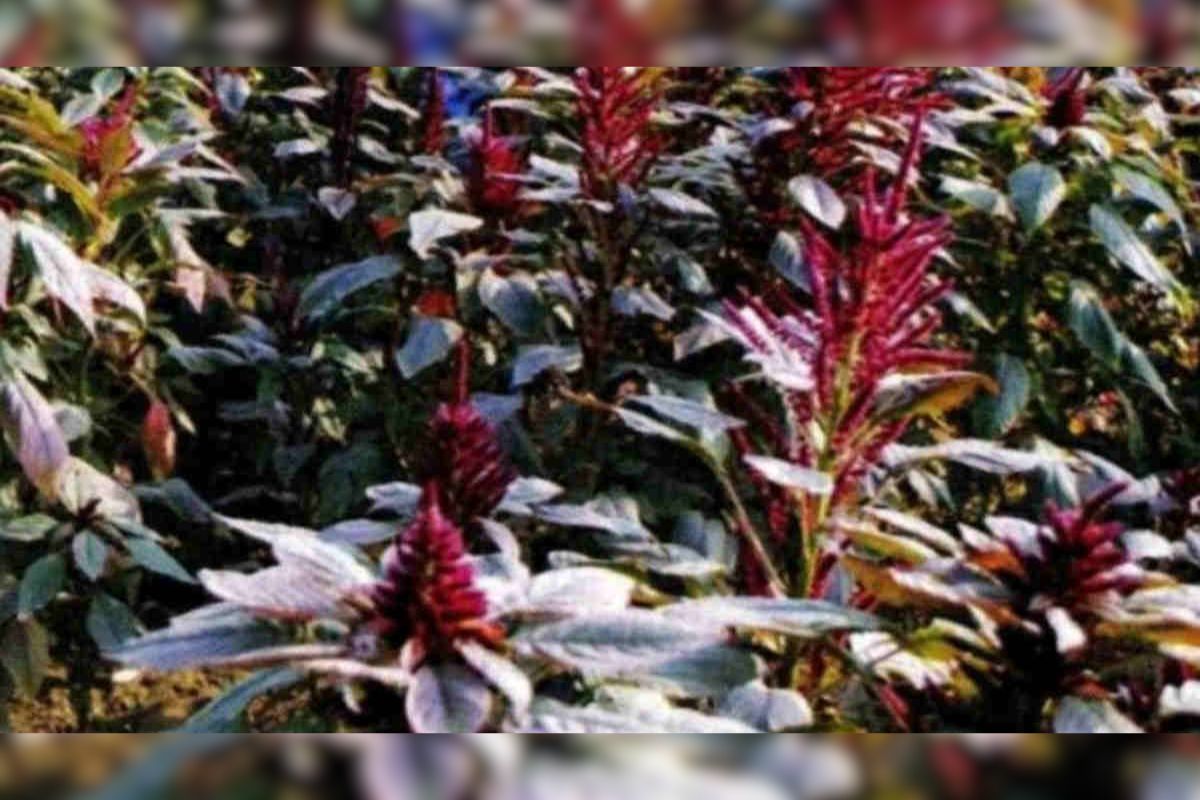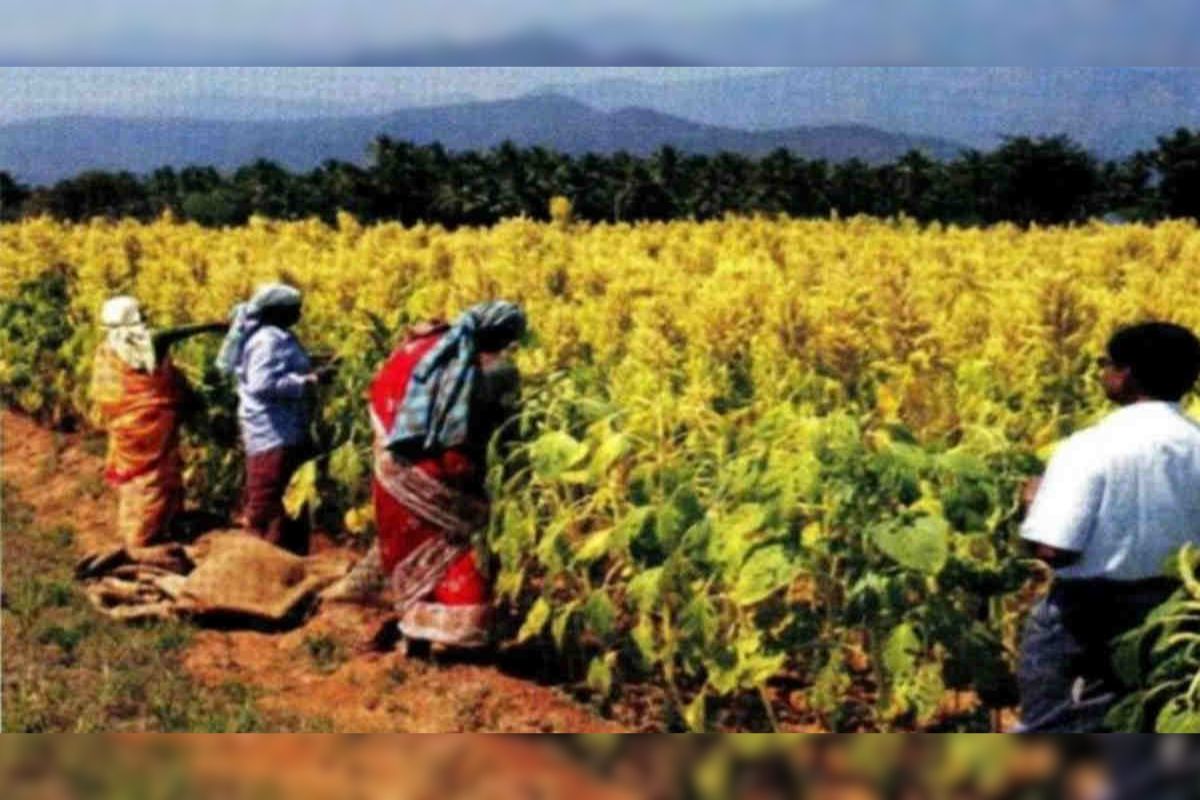Amaranth Cultivation: Why is it beneficial for farmers with small holdings?
Amaranth crop gets ready in about four months.
Cultivating Amaranth, Ramdana, or Rajgiri benefits farmers with small holdings because even on a small scale, cultivation earns well. Both saag (vegetables) and dana (cereals) obtained from amaranth are cash crops.
Amaranth crop gets ready in about four months. Its plant grows to a height of one to two meters, and flowers of red and purple bloom on it. This article will tell you many important things related to amaranth cultivation.
Climate Suitable for Amaranth Cultivation
It can be cultivated all over the country except the colder areas. It can be grown in the summer and rainy seasons. The summer crop yields relatively better, as it does not like waterlogging or excessive irrigation. If sowing of summer amaranth is done at the end of February, then August-September is suitable for rainy season crops.
How to plant Amaranth?
Amaranth gives a good yield in a field rich in organic elements. That’s why using organic or cow dung manure proves very beneficial while preparing the field for sowing. Both spraying and drill methods do transplanting of amaranth seeds. After sprinkling the seeds in the field prepared in the sprinkling method, light plowing is done once by tying a light bar to the cultivator so the seeds are well buried in the soil. Whereas in the drill method, seeds are sown in rows. There should be a distance of half feet between the queues. Both methods bury The seeds 2-3 cm below the bottom. In the sprinkling method, the seed consumption is 60-65% more. It is beneficial to treat the seeds with cow urine before transplanting.

Irrigation Management and Weeding Method
Amaranth cultivation only requires a little water. That’s why irrigation should be done only when the moisture in the fields is low. However, after harvesting amaranth leaves for greens, the crop needs a bit more nutrition. At such times, application of organic or chemical fertilizers and light irrigation are beneficial. To get better yield, it is necessary to keep the crop safe from weeds and insects. Weeding in the field should be done twice during the entire crop. At the time of weeding, light soil should also be offered on the roots of the plants. The green leaves of amaranth should be harvested 30 to 40 days after transplanting. Leaves can be harvested three to four times till the crop matures.

Amaranth Farming Cost and Earning?
About 200 grams of seed is required per acre for amaranth cultivation. The cost of seed is around Rs.75-80. On ripening of the crop, 3 to 4 quintals of Ramdana is produced per acre. It is sold in the market at the rate of Rs.75-80 per kg. Means yield of 30 thousand rupees per acre. That is why it is considered matchless for farmers with small holdings. Its leaves are also plucked for about a month after the sowing of amaranth. Selling it also brings income. Thus, both the major products of amaranth are cash crops.
In the next part of this series, we will tell you about the improved varieties of amaranth recommended by ICAR, whose yield can give good income to the farmers.
Also Read: Combat the challenges of Climate Change through Millets Farming
Contact us – If farmers want to share any valuable information or experiences related to farming, they can connect with us via phone or WhatsApp at 9599273766 or you can write to us at “[email protected]”. Through Kisan of India, we will convey your message to the people, because we believe that if the farmers are advanced then the country is happy.
You can connect with Kisan of India on Facebook, Twitter, and Whatsapp and Subscribe to our YouTube channel.



